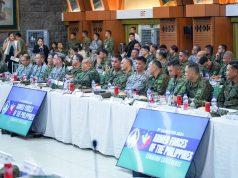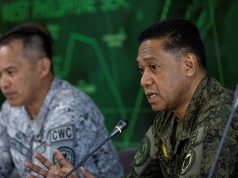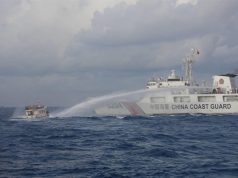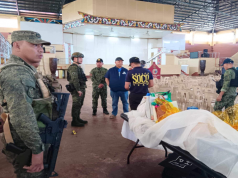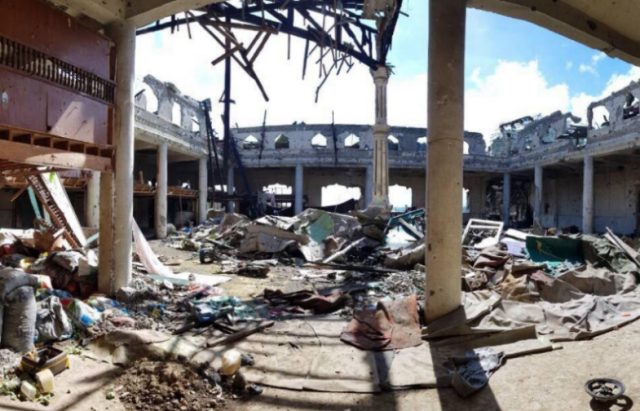
It was on April 18, 2017 when Abdullah Maute, co-founder of radical Dawlah Islamiyah or the Maute group, sent his men to Marawi City, the majestic capital of Lanao del Sur province in southern Philippines.
The group, inspired by terror organization Islamic State, tried to take over Marawi City on May 23, which then led to President Rodrigo Duterte’s declaring martial law in the whole of Mindanao.
Despite the military’s victory against the Maute and the Abu-Sayyaf rebel forces by October, there were indications that the Armed Forces of the Philippines could have prevented the Islamist militants’ attack in the first place.
Malacañang knew
A document Solicitor General Jose Calida provided the Supreme Court in June 2017 revealed that the Duterte administration already knew that local rebels were planning a bold attempt to invade Marawi a month after Maute’s first dispatch of armed men to the area.
In trying to defend the constitutionality of the martial law declaration, Calida revealed Malacanañg’s prior knowledge of the attack, and the government raid launched on the first day of the siege triggered the five-month long battle.
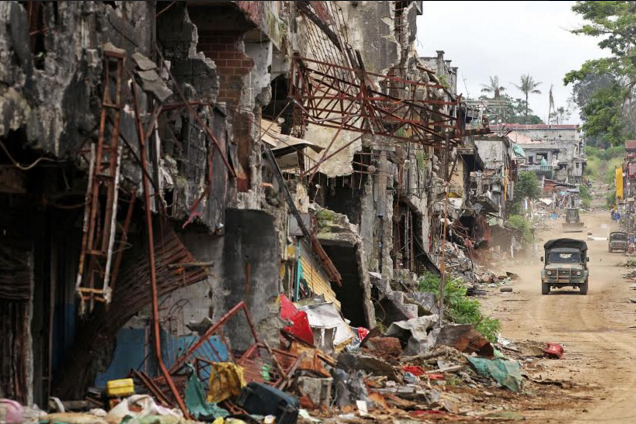
The document further explained that government troops had already engaged in a firefight against the rebel forces in Piagapo, a town near Marawi.
“Specifically, on 18 May 2017, intelligence reports revealed that the ISIS-inspired local rebel groups were planning to occupy Marawi City, and to raise the ISIS flag at the provincial capitol,” the comment read.
This information apparently came from a video they recovered from the raid that showed the groups’ leaders, Omar Maute and Isnilon Hapilon, during their planning session.
What happens now?
After months of intense urban battle between government forces and a well-funded militant coalition, President Rodrigo Duterte declared on October 23 that the war was over. It was a welcome news, but the fighting and destruction of the city left thousands of soldiers and civilians killed.
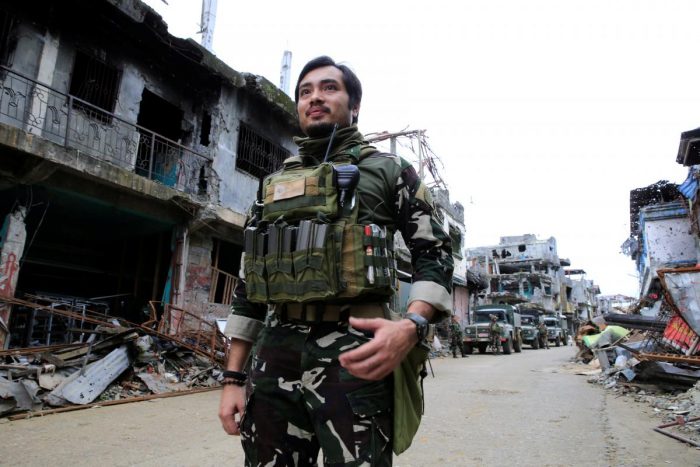
A year later, the city had not yet been rebuilt and residents were only allowed to return to their houses in March—that is if they even had a roof to go back to.
Almost 1 year ago, #Marawi was besieged by hundreds of pro #ISIS fighters. Our story with @Whoestcharli for @Artereportage & @Baoziprod. Marawi residents were just allowed to return to ground zero https://t.co/9UDCdXZnba
— Marianne Dardard (@mdardard) April 2, 2018
The government formed Task Force Bangon Marawi to oversee the rehabilitation efforts of the war-torn city. The latest estimate of the city’s reconstruction would be around P75 billion.
While the government had reportedly tapped Japan and China for the city’s rehabilitation, the people of Marawi were asking that they rebuild the city themselves.




